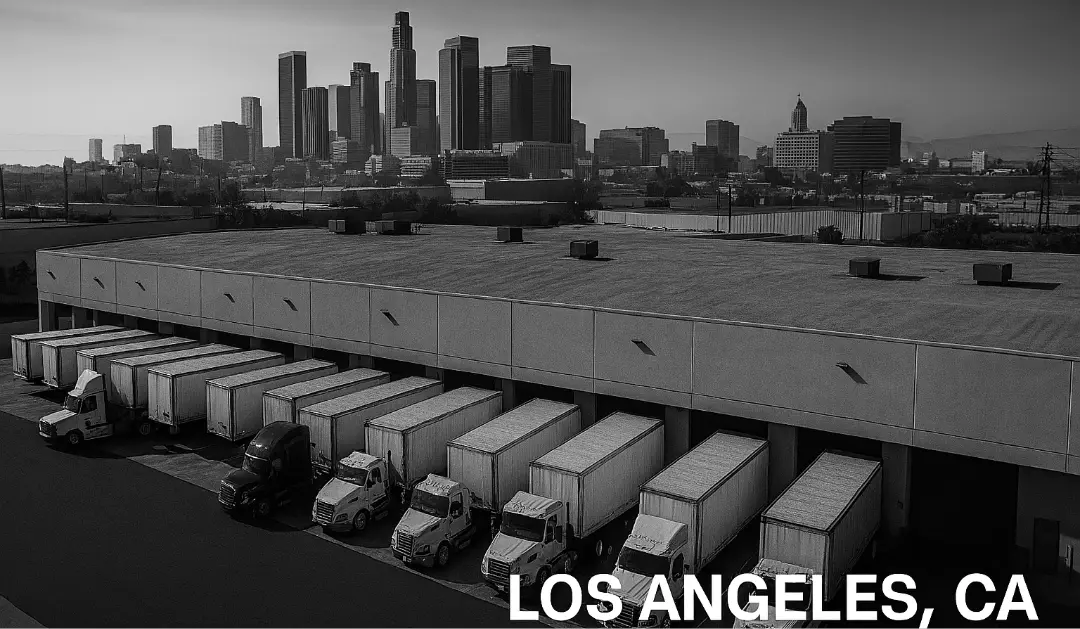If you’re selling online, fulfillment is one of the most significant decisions you’ll make. It directly impacts your customer experience, margins, and brand. One question many ask as they start down the road is, “How do I decide between Amazon FBA vs. 3PL?”
Many ecommerce sellers start with Fulfillment by Amazon (FBA)—and for good reason. It’s fast, convenient, and gets your products in front of Prime shoppers. But as your business grows, you may hit some walls.
That’s when brands start comparing Amazon FBA vs 3PL—and asking: Which one actually sets us up for long-term success?
Let’s break down the differences and help you decide what’s right for your next chapter.
What Is Amazon FBA?
Fulfillment by Amazon (FBA) means you send your products to Amazon’s warehouses, and they take care of the rest—picking, packing, shipping, and even returns.
FBA Pros:
- Fast, Prime-eligible shipping
- Trusted customer service and returns
- Less day-to-day fulfillment work
FBA Cons:
- Higher and sometimes unpredictable fees
- Limited control over packaging or branding
- Storage restrictions—especially during Q4
- Multi-channel limitations (FBA prefers Amazon-only)
FBA is great for volume—but not always for control, flexibility, or brand experience.

What Is a 3PL?
A third-party logistics provider (3PL) is a fulfillment partner that stores your inventory and handles the pick, pack, and ship process for your orders—across all your sales channels.
Whether you’re selling on Amazon, Shopify, Walmart, or wholesale, a 3PL acts as your operational backbone.
3PL Pros:
- Total control over packaging and inserts
- More competitive pricing as you scale
- Freedom to fulfill across channels
- Support for bundles, kitting, and returns
3PL Cons:
- More setup and coordination up front
- Varies in speed and quality by provider
Not all 3PLs are created equal—but the right one can unlock brand growth far beyond what FBA allows.
When to Switch from Amazon FBA to a 3PL
Many brands use FBA to get started—but later hit key milestones that make switching worthwhile.
You might be ready to move to a 3PL if:
- You’re building a brand, not just selling products
- You want branded packaging, inserts, or gift options
- You’re expanding to multiple channels beyond Amazon
- Your margins are squeezed by FBA fees
- You need more inventory storage or flexibility
- You’re preparing for seasonal spikes and want greater control
How eHub Makes the Transition Easier
Switching from FBA doesn’t have to be overwhelming. At eHub, we make it easy to compare, select, and launch with a 3PL that fits your business.
Here’s how we help:
Personalized 3PL Matching
We help you find a 3PL that aligns with your product type, volume, growth goals, and fulfillment needs.
Order & Shipping Automation
Our software streamlines shipping, labeling, and tracking—so you don’t lose the simplicity you’re used to with FBA.
Better Cost Control
We give you access to competitive shipping options through major carriers—without long-term contracts or hidden fees.
Multi-Channel Ready
Sell on Amazon, Shopify, your own website, or wholesale—we help you fulfill it all from a unified platform.
You don’t need to choose between growth and control. With eHub, you can have both.
Final Thoughts: Which Is Right for You?
If you’re selling exclusively on Amazon and want hands-off fulfillment, FBA is hard to beat.
But if you’re building a brand, diversifying your channels, or looking to improve margins and control, a 3PL may be the smarter long-term play.
At eHub, we help ecommerce brands make that leap—without losing momentum.




